PPT-2 nd Amendment Then and Now
Author : askindma | Published Date : 2020-08-28
What will we learn Founders intent Changing interpretation The Supreme Court and the 2 nd Amendment Individual v Collective Rights 1 2 nd Amendment Mass shooting
Presentation Embed Code
Download Presentation
Download Presentation The PPT/PDF document "2 nd Amendment Then and Now" is the property of its rightful owner. Permission is granted to download and print the materials on this website for personal, non-commercial use only, and to display it on your personal computer provided you do not modify the materials and that you retain all copyright notices contained in the materials. By downloading content from our website, you accept the terms of this agreement.
2 nd Amendment Then and Now: Transcript
Download Rules Of Document
"2 nd Amendment Then and Now"The content belongs to its owner. You may download and print it for personal use, without modification, and keep all copyright notices. By downloading, you agree to these terms.
Related Documents

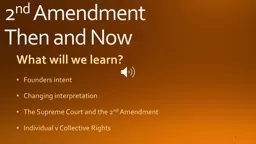
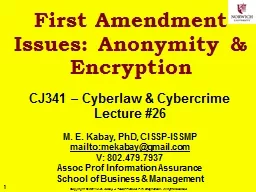
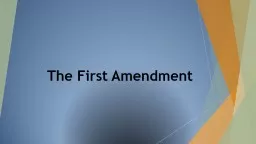
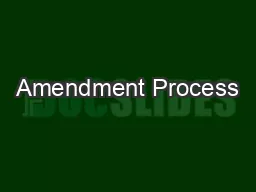
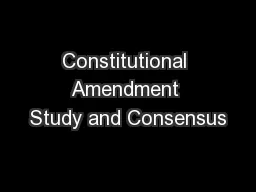
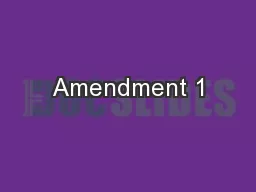
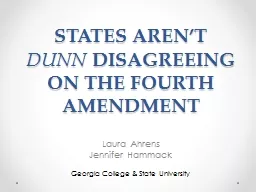
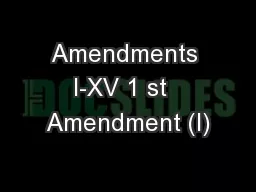
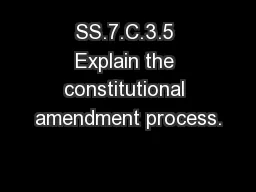
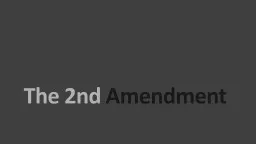
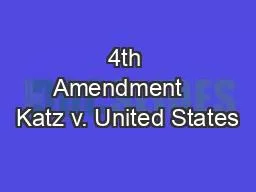
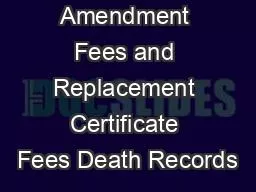
![[READ] Gladys Aylward: The Adventure of a Lifetime (Christian Heroes: Then Now) (Christian](https://thumbs.docslides.com/1008075/read-gladys-aylward-the-adventure-of-a-lifetime-christian-heroes-then-now-christian-heroes-then-and-now.jpg)
![[DOWNLOAD] Corrie ten Boom: Keeper of the Angels\' Den (Christian Heroes: Then Now) (Christian](https://thumbs.docslides.com/1008112/download-corrie-ten-boom-keeper-of-the-angels-den-christian-heroes-then-now-christian-heroes-then-and-now.jpg)